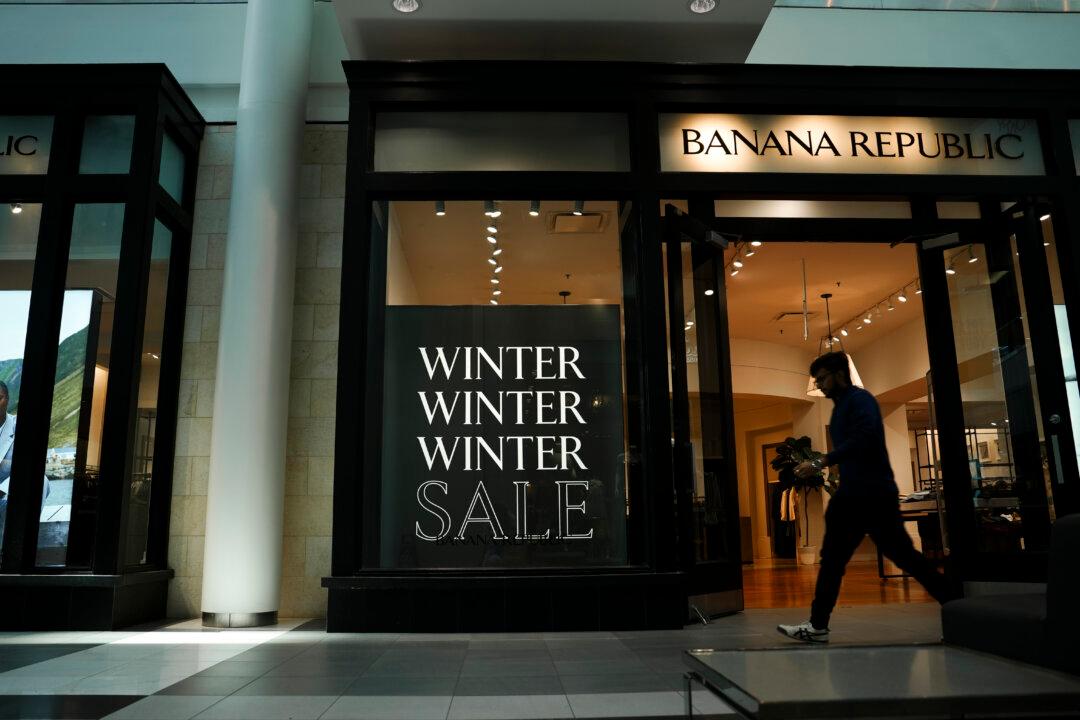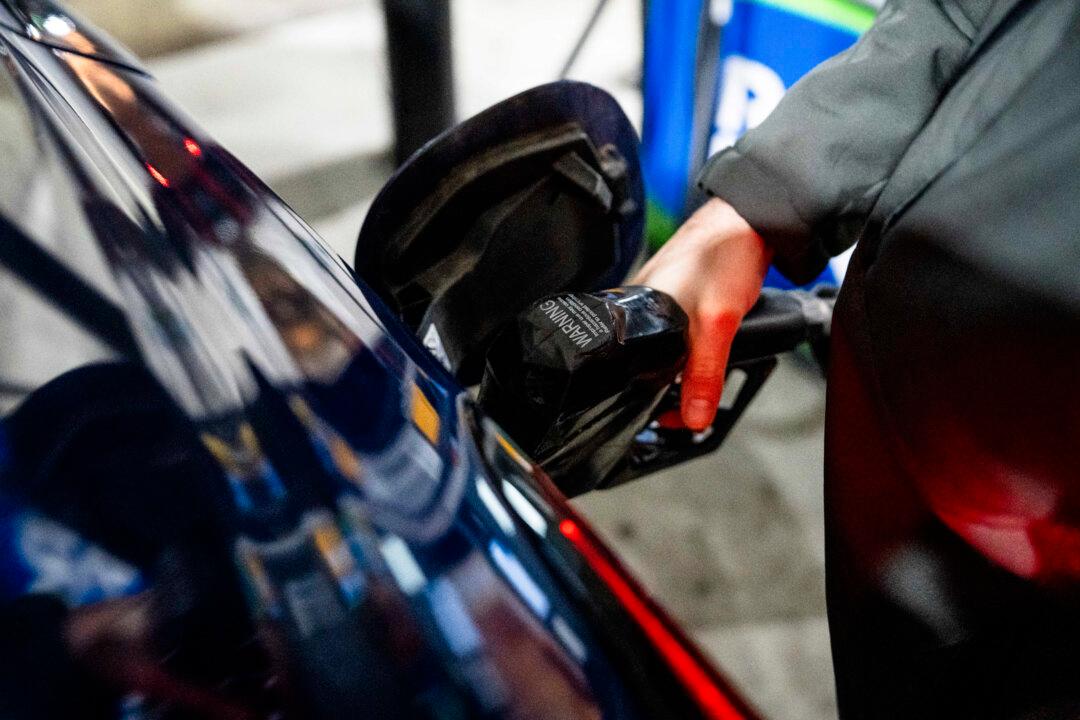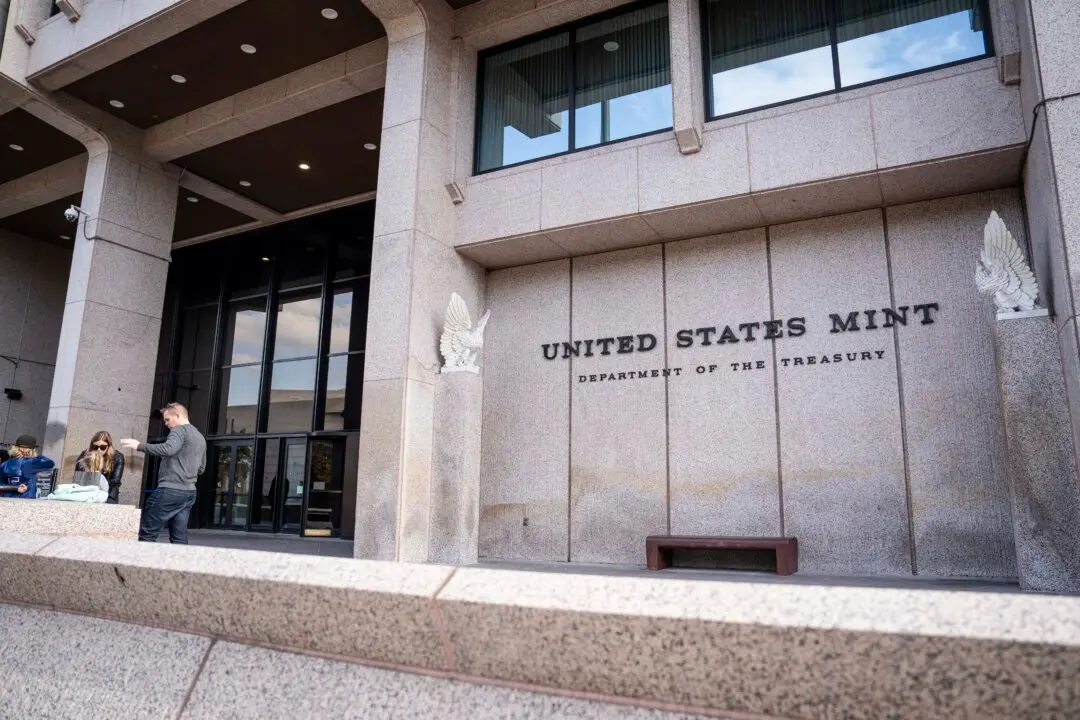The U.S. economy has stumped observers and defied recession calls. Despite the plethora of headwinds threatening the world’s largest economy, from soaring borrowing costs to inflationary pressures, the country has witnessed better-than-expected gross domestic product (GDP) readings and strong labor market conditions.
Experts have rationalized the hot data by alluding to resilient consumers.





